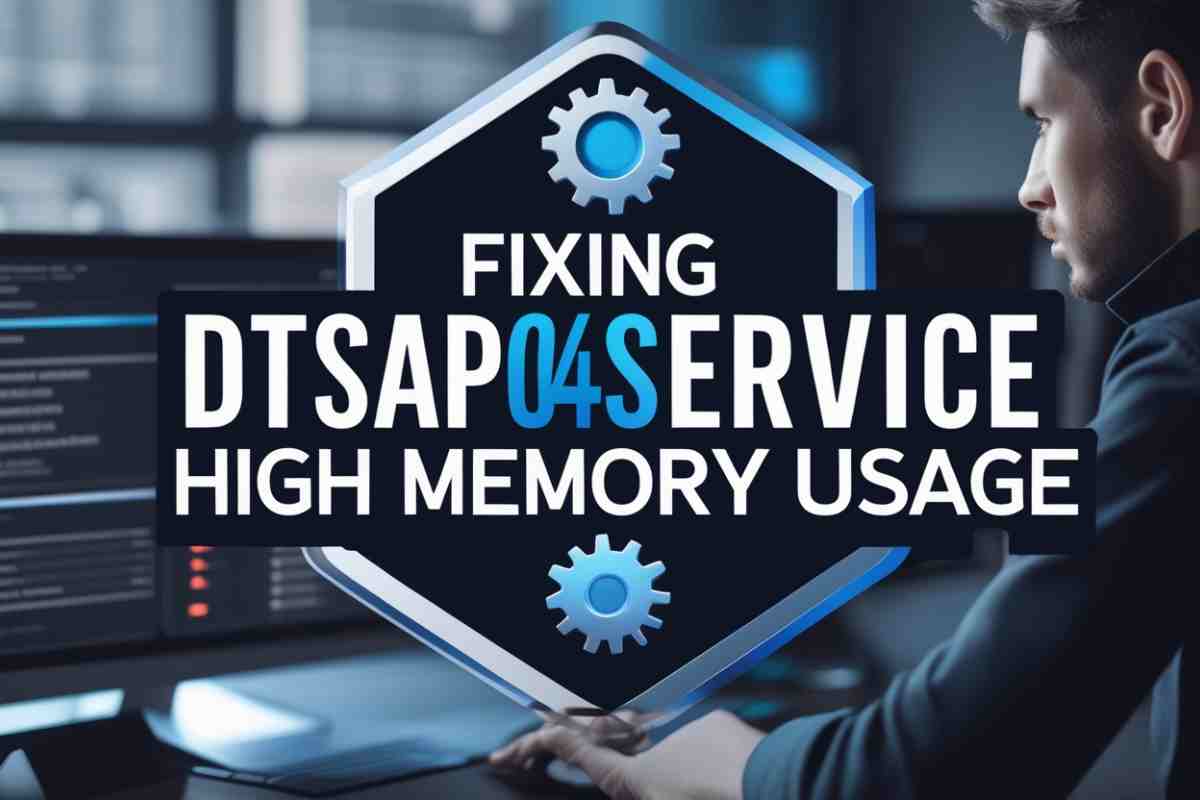Your workforce might be quietly checking out, even if they’re still at their desks. Many employees feel unseen, overlooked, and just one LinkedIn message away from leaving. This isn’t just an HR concern—it’s a real business risk.
Organizations that get employee recognition right aren’t just boosting morale; they’re keeping people engaged, loyal, and motivated. A strong HR-led recognition strategy can reduce turnover, spark enthusiasm, and create a culture where team members feel truly valued. Let’s dive into practical employee recognition strategies that make a real difference for both your people and your business
Building Your Recognition Foundation the Right Way
You know recognition matters. But here’s where most leaders stumble – they throw money at appreciation events and wonder why nothing changes. Real workplace recognition programs require the same strategic thinking you’d apply to any business-critical function.
Are the companies crushing it? They’ve figured out that recognition isn’t something you bolt onto existing processes. It becomes part of how you operate, woven into every conversation, meeting, and decision. When you get this right, appreciation stops feeling forced and starts driving actual results.
Creating Daily Recognition Habits That Stick
Forget the annual awards ceremony. Recognition that transforms culture happens in small moments, consistently, day after day. Your leadership team needs to model this behavior first. When your C-suite celebrates wins openly and frequently, everyone else follows suit.
What makes recognition authentic? Specificity beats generic praise every time. Instead of “great job,” try “the way you handled that client crisis yesterday saved us three months of relationship repair.” Connect appreciation directly to behaviors you want repeated. Without this connection, you’re just making noise.
Smart Investment in Recognition Systems
Treat recognition like any other business investment—measure it, track it, optimize it. The benefits of employee recognition become crystal clear when you can point to retention data and productivity metrics that improve alongside appreciation frequency.
A well-designed Reward and Recognition system mixes multiple approaches: peer-to-peer platforms, manager training, team celebrations—the magic happens when you create various touchpoints that don’t rely on one person remembering to say thanks. Build systems that make recognition inevitable, not accidental
Leveraging Technology and Data for Recognition Excellence
Once your foundation feels solid and leadership commitment runs deep, you’re ready to harness data and technology for precision recognition. This is where good programs become exceptional ones.
Making Recognition Personal Through Smart Analytics
Generic recognition feels hollow. You need to understand what actually motivates each person on your team. SAP discovered something remarkable – their customized recognition platform boosted engagement scores by 30%. That’s the power of getting personal with appreciation.
Here’s what this looks like in practice: some team members light up with public shoutouts, while others prefer quiet one-on-one acknowledgement. Effective employee appreciation means paying attention to these preferences and adjusting your approach accordingly. Data can reveal patterns you’d never notice otherwise.
Recognition That Happens in Real-Time
Waiting for quarterly reviews to recognize excellence? You’ve already lost the moment. The best recognition happens immediately, while the achievement is fresh and the emotional impact is strongest.
Modern platforms integrate seamlessly with tools your team already uses daily. When recognizing great work becomes as natural as sending a Slack message, it happens organically throughout your organization. Remove friction, increase frequency – that’s the formula that works.
The Psychology Behind Recognition That Resonates
Understanding why recognition works at a neurological level helps you optimize timing and delivery. This isn’t just touchy-feely psychology – it’s hard science that drives measurable business outcomes.
Your brain craves acknowledgment in ways that directly impact performance, well-being, and loyalty. When you understand these mechanisms, you can design recognition that creates lasting behavioral change.
Timing Recognition for Maximum Impact
Neuroscience tells us that delayed recognition loses its power. Your brain’s reward systems need immediate feedback to create strong neural pathways that reinforce positive behaviors.
But frequency matters just as much as timing. Too little recognition feels meaningless. Too much praise loses its punch. The sweet spot? Regular acknowledgment tied to specific accomplishments or efforts that align with your company values.
Recognition as a Mental Health Strategy
Appreciated employees report dramatically lower stress levels and higher job satisfaction. Recognition creates psychological safety – that sense of belonging that lets people take risks, innovate, and push boundaries without fear.
These mental health benefits ripple outward. Teams with strong recognition cultures collaborate better, communicate more openly, and bounce back faster from setbacks. You’re not just making individuals feel good – you’re building organizational resilience.
Advanced Implementation That Creates Lasting Change
Now that you understand the psychological drivers, let’s explore sophisticated approaches that tap into peer dynamics and generational differences. These strategies create self-perpetuating recognition cultures.
Unleashing the Power of Peer Recognition
Manager-to-employee appreciation is important, but peer recognition often carries more weight. Your team members understand each other’s challenges intimately. When recognition comes from colleagues, it feels more authentic and meaningful.
Digital platforms make peer appreciation scalable and visible across your organization. When team members can easily celebrate each other’s wins, positive momentum builds naturally. You don’t have to orchestrate it – you just provide the tools and watch it grow.
Adapting Recognition Across Generations
Your workforce spans multiple generations with different communication styles and values. Gen Z employees might prefer quick, social-media-style recognition, while experienced professionals may value more formal acknowledgment. Understanding these preferences helps you improve employee morale across all demographics.
The solution isn’t creating separate programs – it’s offering multiple recognition channels that appeal to different styles. Flexibility ensures everyone feels valued in ways that resonate personally with them.
Recognition Program FAQs from Real Leaders
1. How frequently should recognition happen to maintain its impact?
Aim for informal recognition weekly, with more formal acknowledgment monthly. Consistency trumps frequency – your people need to trust that appreciation is reliable, not random or mood-dependent.
2. What’s the smartest way to launch recognition programs on a budget?
Begin with peer-to-peer systems and manager training. These approaches require minimal financial investment but create maximum cultural shift when implemented consistently throughout your organization.
3. How do you measure whether recognition efforts are actually working?
Monitor engagement scores, retention rates, and recognition frequency. Survey employees about feeling valued, then correlate responses with performance data. Clear patterns will emerge over time that justify your investment.
Making Recognition Your Competitive Advantage
Recognition isn’t optional anymore – it’s become a strategic imperative that separates thriving companies from struggling ones. Organizations that embrace appreciation as a core business function will dominate talent acquisition and retention, while those treating it as an afterthought will battle constant turnover and disengagement.
Whether you’re building from scratch or refining existing efforts, remember this: authenticity always beats perfection. Small, genuine moments of appreciation will revolutionize your workplace culture more effectively than elaborate systems nobody actually uses. Stop waiting for the perfect program design. Start implementing Reward and Recognition strategies today, and watch your organization transform one appreciated employee at a time.


